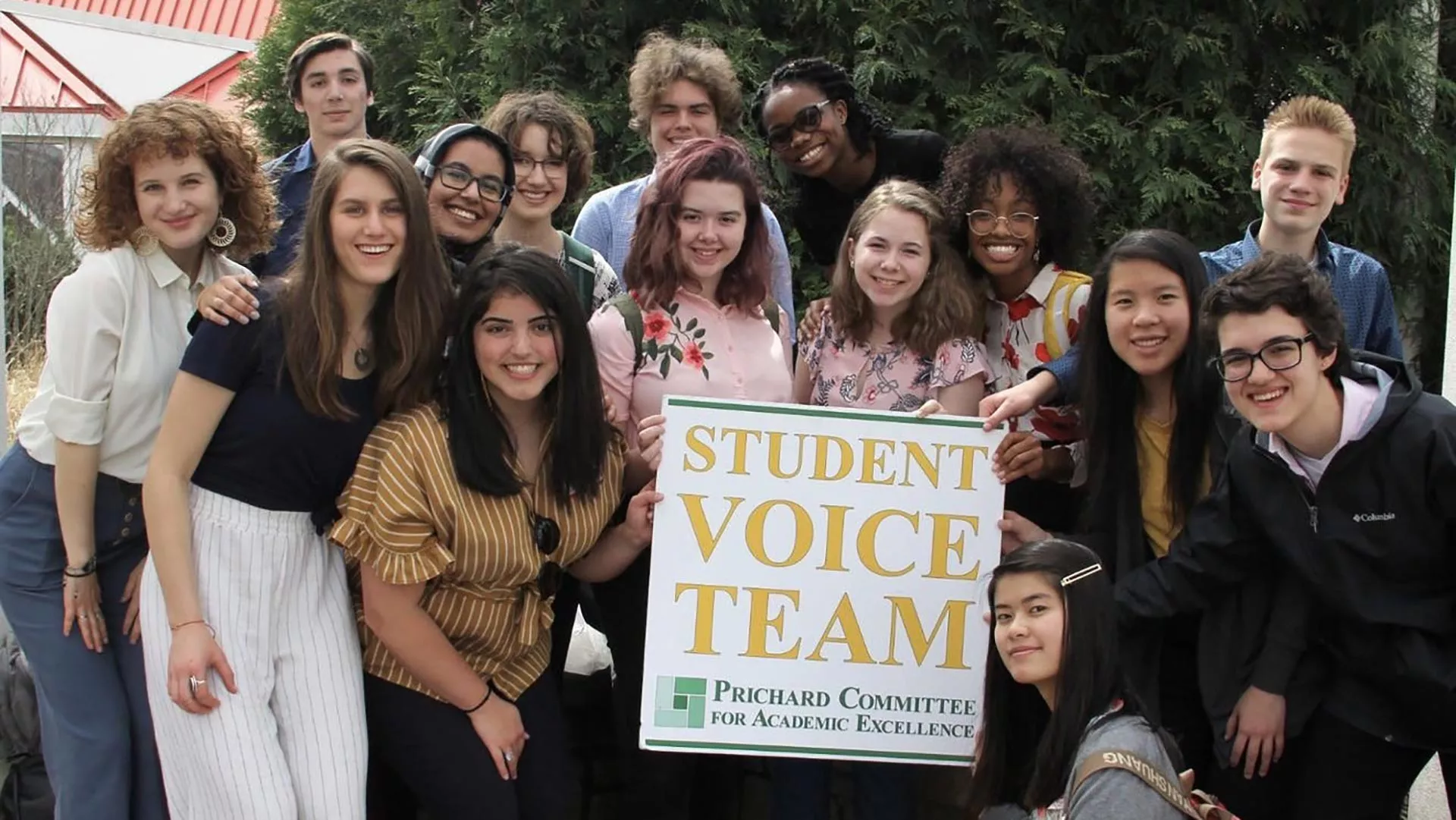High school senior Sanaa Kahloon “returned” to school virtually in Lexington, Kentucky, last week, determined to make the most of her final year, but she’s concerned that the inequities revealed last spring will persist for too many of her classmates.
“Our schools should be considering the needs of the students with the least, something they struggle with even in the best of times,” Kahloon says. “Schools tend to focus on their highest-achievers, who tend to be the whitest and wealthiest of the student body with the most involved parents. This cannot continue.”
Forced Synchronous Classes Creates Inequity
In her district, 25 percent of students’ grades will be based on attendance in synchronous, real-time online classes, a requirement that disregards the needs of students who have conflicting responsibilities due to the COVID-19 crisis and might not be able to attend during the times offered.
Those in AP or dual-credit classes would be exempt from the attendance rule, which “blatantly punishes poor kids,” says Kahloon.
“There is tremendous bias in terms of who gets into AP classes, and most of the poor kids do not,” she says.
Kahloon is a member of the Pritchard Committee Student Voice team, a group of middle and high school students who work with the Kentucky-based Pritchard Committee for Academic Excellence to help elevate student voices on policy issues that affect their schools.
They work as research, policy and advocacy partners in the state’s education improvement efforts and made recommendations about ways to increase equity and effectiveness in virtual learning based on a survey they conducted, Coping with COVID Student Survey.
Students wanted more frequent, meaningful teacher communications that involve both teaching of academic material and time for personal connection and growth…Even personal visits with social distance would be extremely beneficial.” – Sanaa Kahloon, student
The survey focused on students’ home environment, personal wellness, and the accessibility of remote learning, including internet and computer access and the availability of a distraction-free workspace.
Based on the results of the survey, Kahloon sees the equity gap growing wider “because of the requirement of attending all synchronous lessons and the myriad assumptions that makes about home life.
The approximately 9,500 survey participants from across the state said they were forced to adapt to a remote learning system that they felt was designed for short-term scenarios and wasn’t responsive to an individual’s personal challenges, which for some, were monumental. The majority – 84 percent — of students reported having to take on a new responsibility during the pandemic, which added to a student’s manageability struggles.
One student stated, “Some teachers have increased their workload since we moved online, giving us a lot more assignments that are essentially busy-work. This is hard to manage seeing as I am working more hours and taking on more responsibility at home.”
“I work seven hours a day and come home to a handicapped father and take care of him. I never get my work done,” stated another.
Students also reported feeling more stress and a lack of connection, decreasing their motivation to engage with online school.
More than half of students surveyed reported an overall decrease in meaningfulness during remote learning, 57 percent reported a decrease in motivation and 65 percent reported a decrease in engagement.
Students More Stressed, Less Engaged
One student wrote, “Since I’m a front line worker I was constantly working and stressed and I felt like the work I had to do was meaningless and just busy work. I would’ve like less assignments but more engaging.”

“During the regular school, teachers would take the time to check in on us,” wrote another. “Since quarantine started, there is less emotional support which has made me feel very alone… I don’t want to reach out to the teachers and bother them.”
The survey found that students, like many people around the country, were stressed, anxious and even depressed, but they didn’t have the support they needed to address their mental health.
“Many of the things I relied on to fill my time or keep me upbeat and happy have gone away and now I feel sad, lonely, and consumed by my thoughts most of the time,” wrote a student.
Feelings of physical and financial security impacted emotional well-being. Students who felt safer at school than at home, students who lacked consistent Wi-Fi access, and students of lower socioeconomic statuses all tended to have more negative emotional changes. For example, 45.8 percent of poor students reported feeling depressed compared to 26.5 percent of middle class students.
“We can’t treat this year like it’s virtual business as usual,” says Kahloon. “We need to maximize human relationships as much as possible in this limited space.”
Focus on Connecting with Students
Based on the results, Kahloon and her colleagues made specific recommendations for the new academic year. One of the most simple recommendations – less work, more connection.
“Students wanted more frequent, meaningful teacher communications that involve both teaching of academic material and time for personal connection and growth,” she said. “Even personal visits with social distance would be extremely beneficial.”
For students in high school, Kahloon says, connections with trusted adults and educators are incredibly important.
“We’ve been missing that connection for almost six months; some of our most trusted advisors are not there,” she says.
Be Flexible and Responsive
She and her fellow team members recommend that educators and students work together to create classroom policies that support students in varied home environments and create communication pathways that are rooted in empathy and care for every student, whether they can participate in synchronous learning or complete assignments on time or not.
They also encourage teachers to allow students and parents to voice their thoughts and challenges, both personal and academic, for both in-person and remote learning. For example, they could hold online sessions to discuss classroom expectations, build in time for personal check-ins with students, design surveys for students and parents, and build in reflection periods throughout the school year to adapt classroom policies as needed.
“Students are the ones living through this experience, and they must be consulted in shaping the response to it,” says Kahloon. “At the school level, schools need to be intentional about soliciting and institutionalizing meaningful student voice while crafting policy.”


